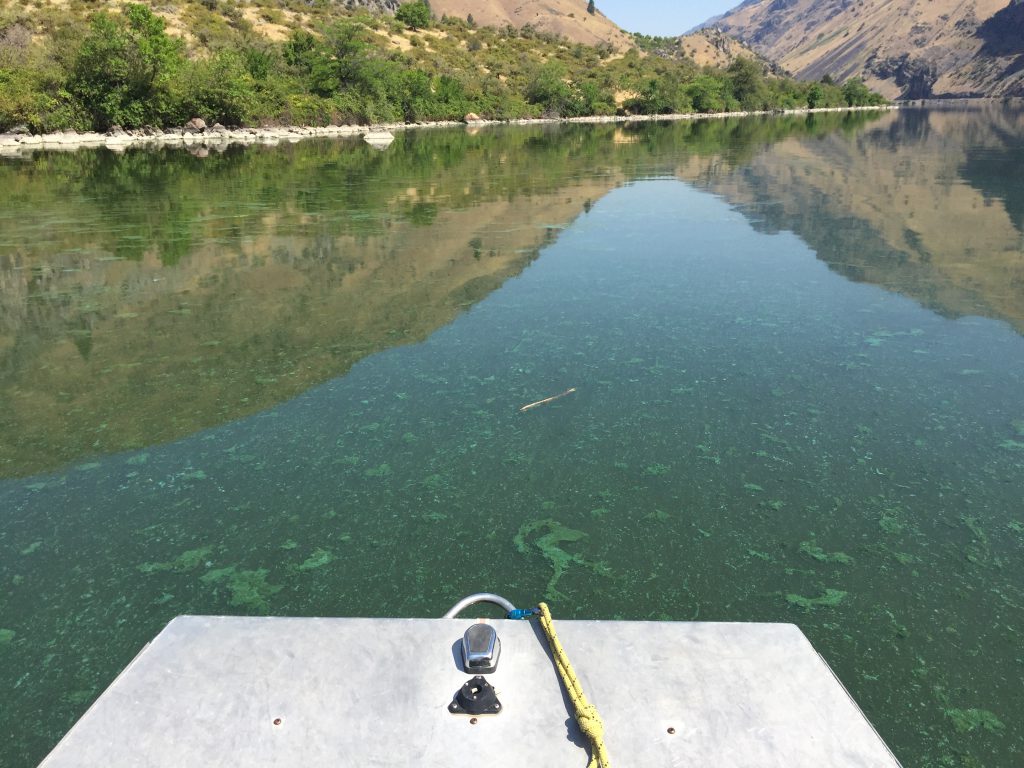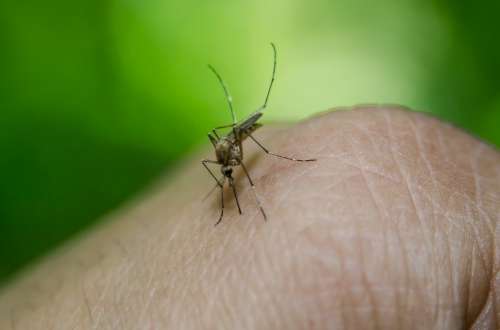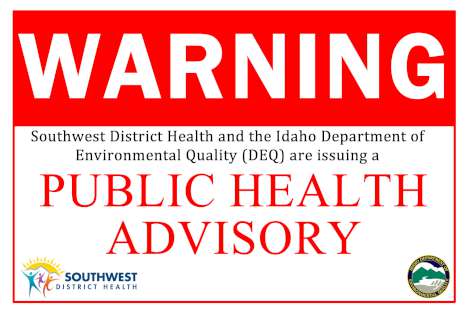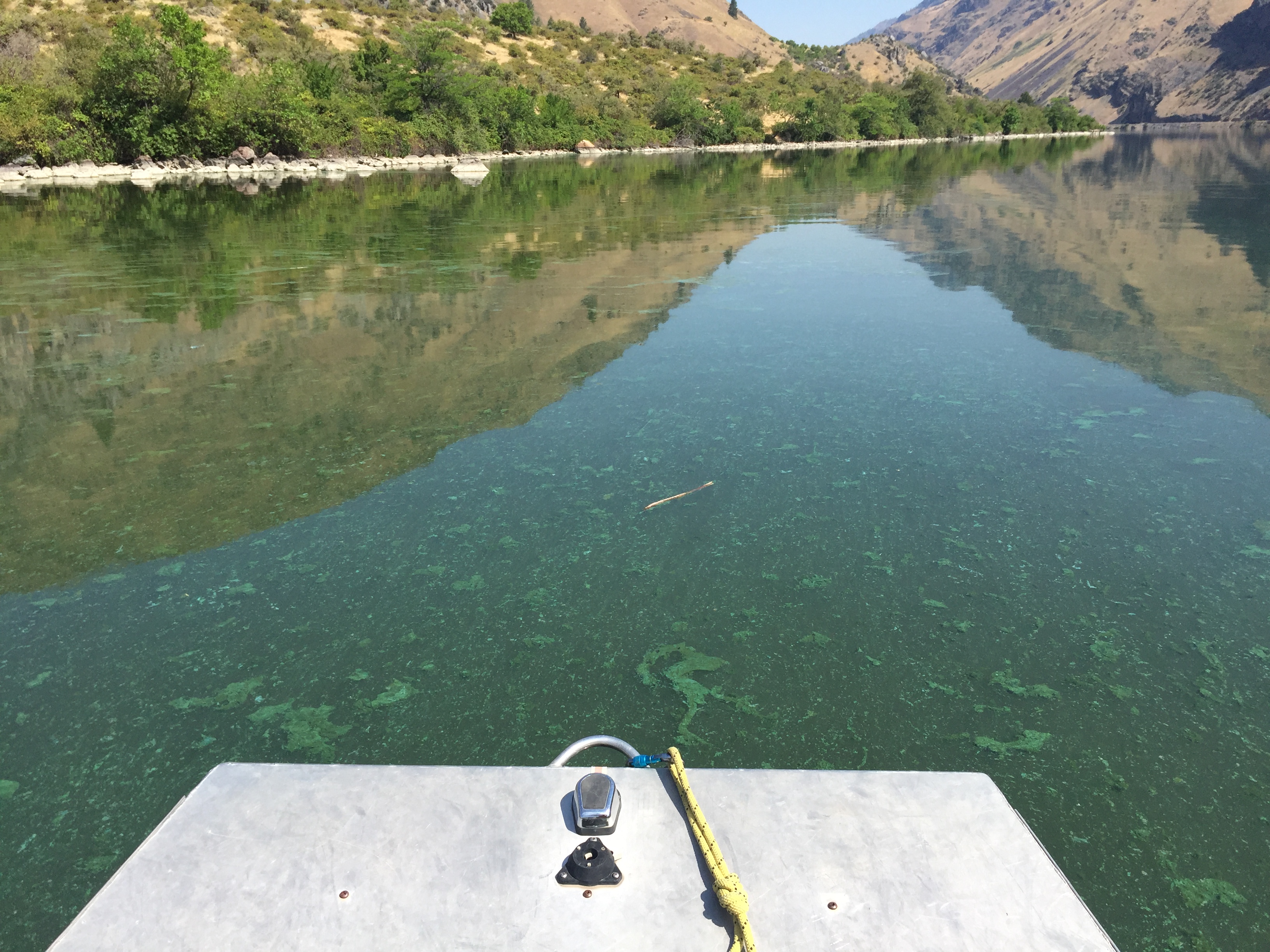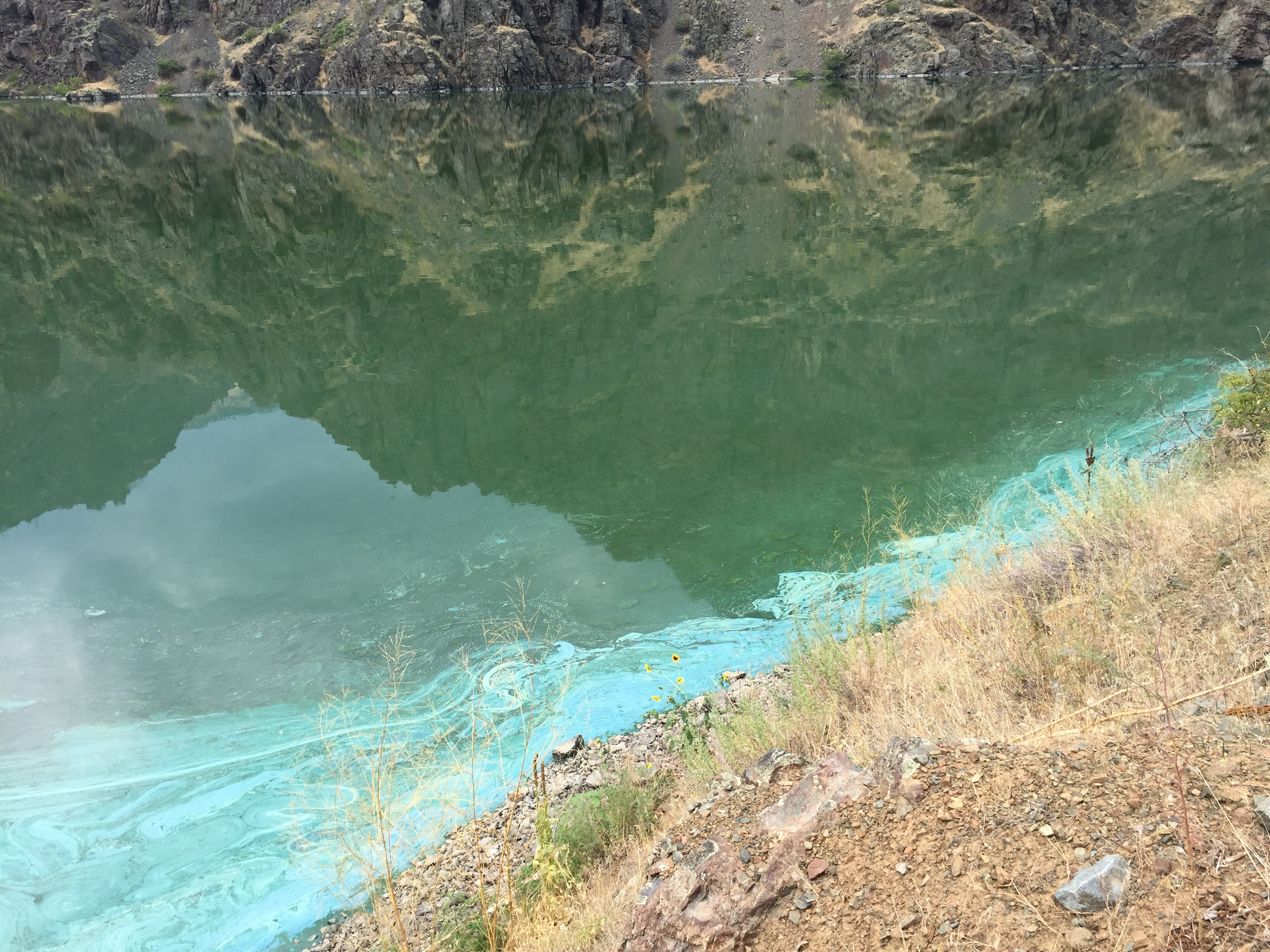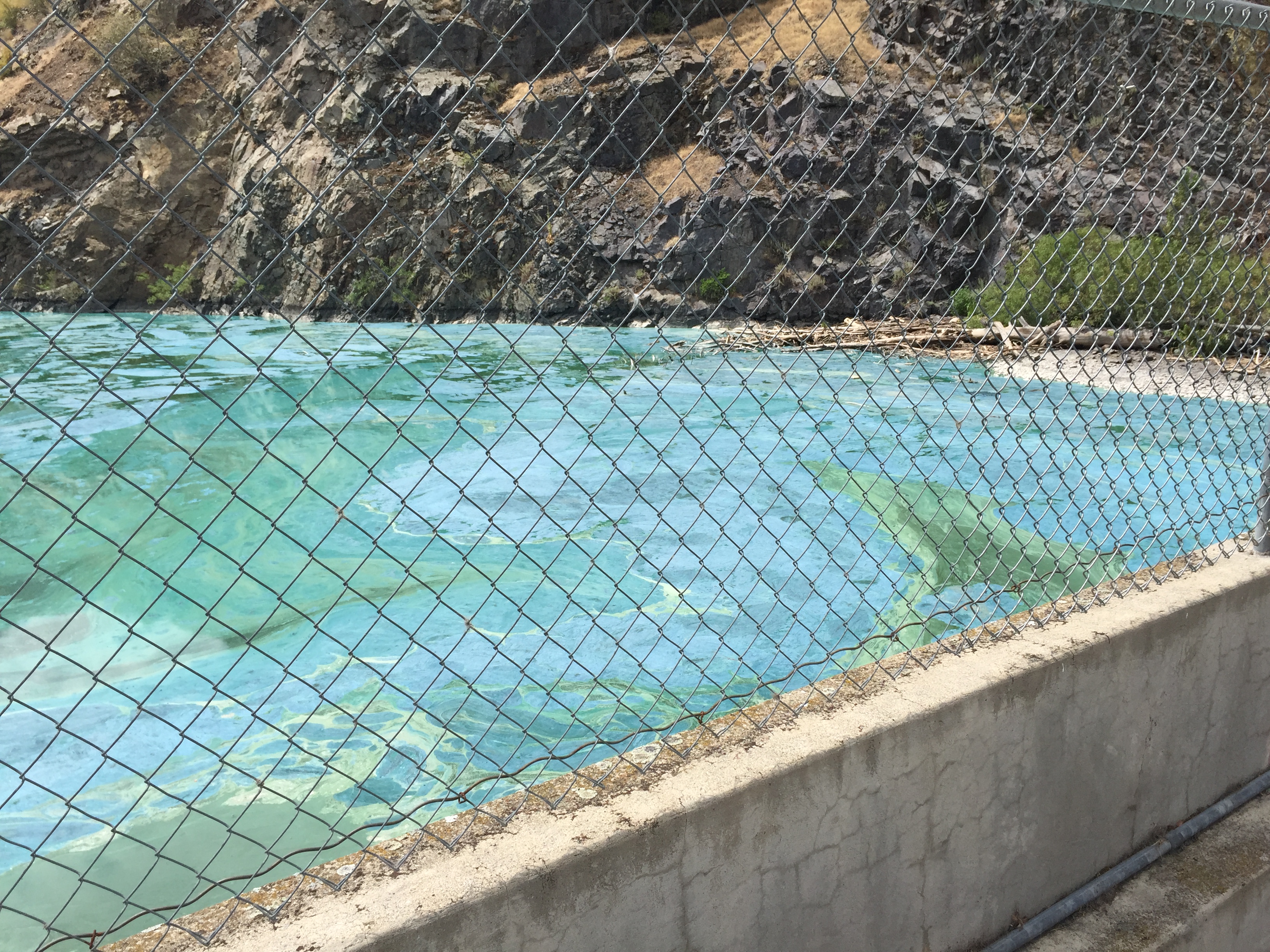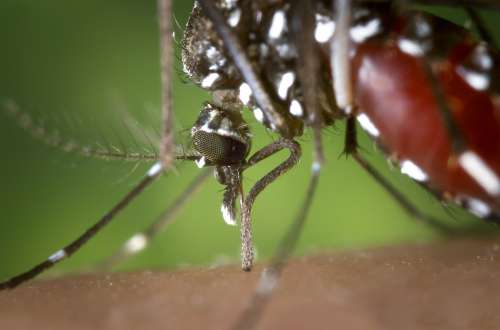Public Health Advisory
FOR IMMEDIATE RELEASE
HARMFUL ALGAL BLOOM ADVISORY LIFTED FOR BROWNLEE
Southwest District Health, in conjunction with the Idaho Department of Environmental Quality (DEQ), has lifted the Cyanobacteria Health Advisory for Brownlee Reservoir. The advisory was issued in July 2019.
DEQ officials monitor cyanobacteria and associated toxins where harmful algal blooms (HABs) are present and have confirmed that cyanobacteria levels in the Brownlee Reservoir have returned to normal and toxin levels are below the safety threshold.
Other blooms may exist on this waterbody that have not been reported to DEQ or the health district. Water users should always exercise caution around water bodies with visible slime or surface scum or a foul odor. High concentrations of toxin-producing cyanobacteria may cause illness to both humans and animals. Report any concerns to DEQ at 208.373.0550.
For more information about harmful algal blooms and recreation water quality advisories, visit DEQ’s website at
http://www.deq.idaho.gov/water-quality/surface-water/recreation-health-advisories/
###
DEQ Media Contact
Chase Cusack 208.373.0490 Chase.Cusack@deq.idaho.gov
SWDH Media Contact
Katrina Williams 208.455.5317 Katrina.Williams@phd3.idaho.gov
![]()
